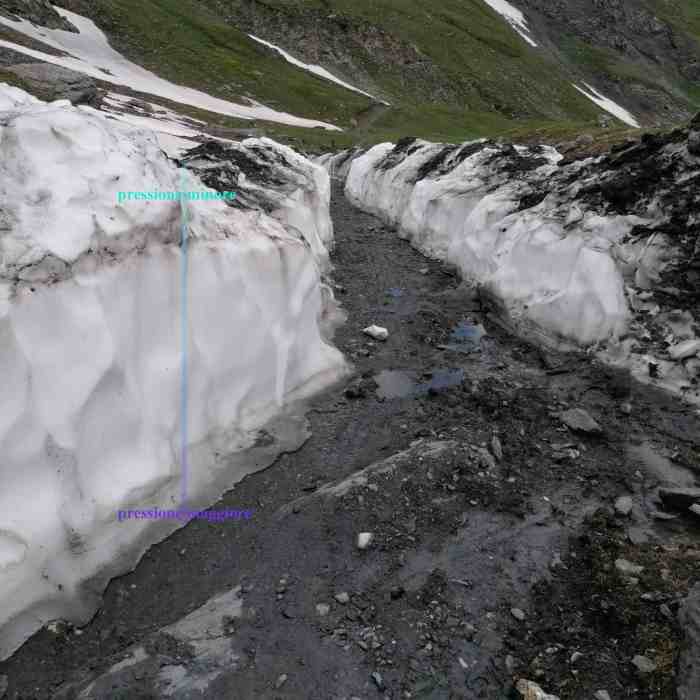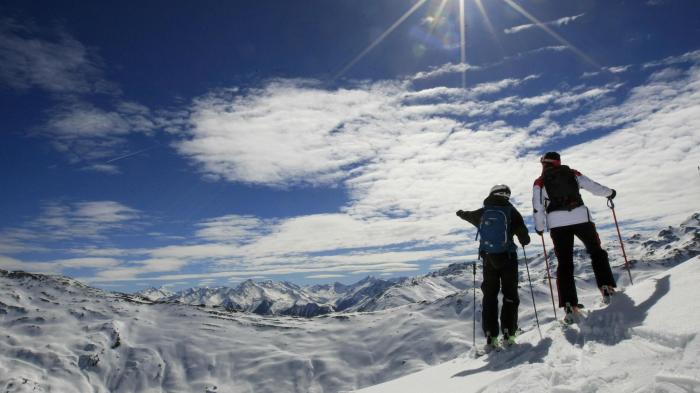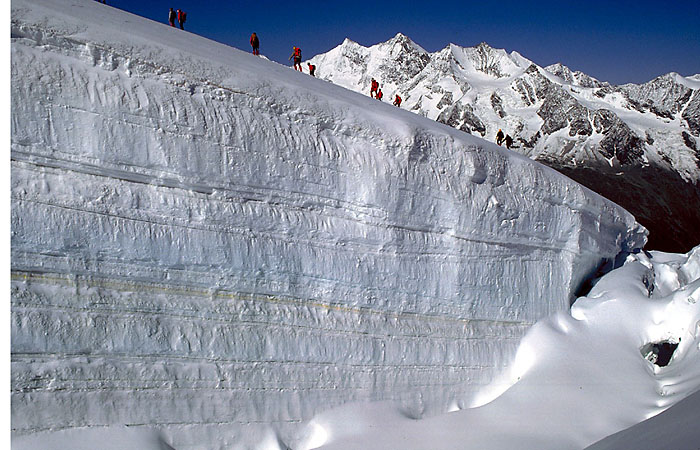Many a body fed by glacial meltwater crossword is a captivating exploration of the intricate relationship between glacial meltwater and the Earth’s water cycle. This topic invites us on a journey to uncover the profound impact of glacial meltwater on the formation of diverse water bodies, the ecosystems they sustain, and the consequences of human activities on this vital resource.
Glacial meltwater, formed as glaciers gradually melt due to rising temperatures, plays a crucial role in shaping the Earth’s water distribution. It serves as a primary source of freshwater for numerous water bodies, including rivers, lakes, and wetlands. These water bodies, in turn, support a rich diversity of flora and fauna, forming vibrant ecosystems that rely on the constant supply of glacial meltwater.
Glacial Meltwater: Many A Body Fed By Glacial Meltwater Crossword

Glacial meltwater is the water produced when glaciers and ice caps melt. This melting can occur due to natural processes, such as changes in temperature and pressure, or as a result of human activities, such as climate change.
Glacial meltwater plays a significant role in the Earth’s water cycle, contributing to the replenishment of water bodies and the maintenance of ecosystems.
Bodies of Water Fed by Glacial Meltwater, Many a body fed by glacial meltwater crossword
| Type | Characteristics | Formation |
|---|---|---|
| Rivers | – Flowing bodies of water
|
– Formed when glacial meltwater accumulates and flows downhill
|
| Lakes | – Enclosed bodies of water
|
– Formed when glacial meltwater fills depressions in the landscape
|
| Wetlands | – Areas of land that are saturated with water
|
– Formed when glacial meltwater accumulates in low-lying areas
|
| Fjords | – Narrow, deep inlets of the sea
|
– Formed when glaciers carve out valleys that are later flooded by the sea
|
Ecosystems Supported by Glacial Meltwater
Glacial meltwater supports a variety of ecosystems, including:
- Alpine ecosystems, which occur in mountainous regions above the tree line
- Boreal ecosystems, which occur in northern latitudes and are characterized by coniferous forests
- Tundra ecosystems, which occur in the Arctic and Antarctic regions and are characterized by low vegetation and permafrost
These ecosystems rely on glacial meltwater for their water supply, and the nutrients and sediment it carries support plant and animal life.
Human Impacts on Glacial Meltwater
Human activities, such as climate change, can impact glacial meltwater in several ways:
- Increased melting: Rising temperatures due to climate change cause glaciers and ice caps to melt at an accelerated rate, leading to increased runoff and changes in water availability.
- Changes in water quality: Glacial meltwater can be contaminated by pollutants, such as heavy metals and chemicals, which can harm aquatic ecosystems.
- Disruption of ecosystems: Changes in the flow and timing of glacial meltwater can disrupt ecosystems that rely on it, affecting plant and animal life.
It is important to mitigate these impacts to ensure the long-term availability of glacial meltwater and the ecosystems it supports.
Questions and Answers
What is the significance of glacial meltwater in the Earth’s water cycle?
Glacial meltwater plays a vital role in the Earth’s water cycle by replenishing freshwater sources, such as rivers, lakes, and wetlands. It contributes to the overall water balance and distribution, ensuring the availability of freshwater for various ecosystems and human use.
How do human activities impact glacial meltwater?
Human activities, particularly the burning of fossil fuels and deforestation, contribute to global warming, leading to accelerated glacial melting. This can disrupt the water cycle, alter water availability patterns, and have cascading effects on ecosystems and human communities.
What measures can be taken to mitigate the negative impacts of human activities on glacial meltwater?
To mitigate the negative impacts on glacial meltwater, it is essential to reduce greenhouse gas emissions by transitioning to renewable energy sources and promoting sustainable practices. Additionally, conservation efforts aimed at protecting glacial ecosystems and reducing water pollution can help preserve the integrity of these vital water resources.


